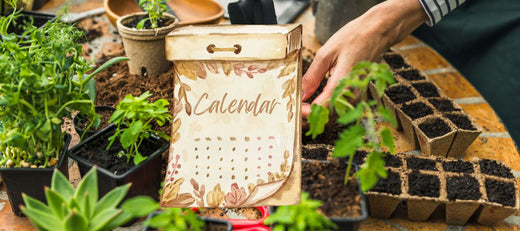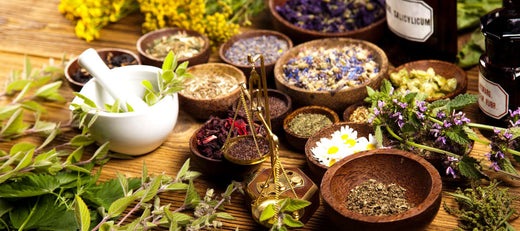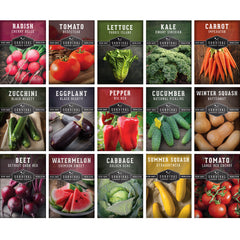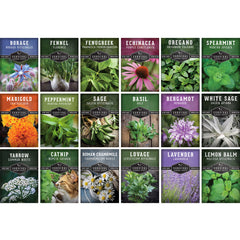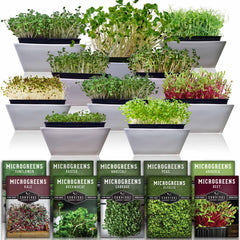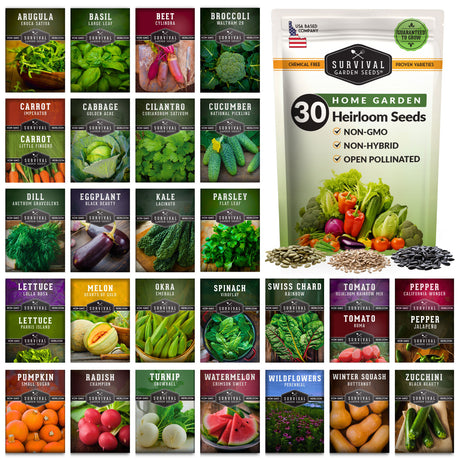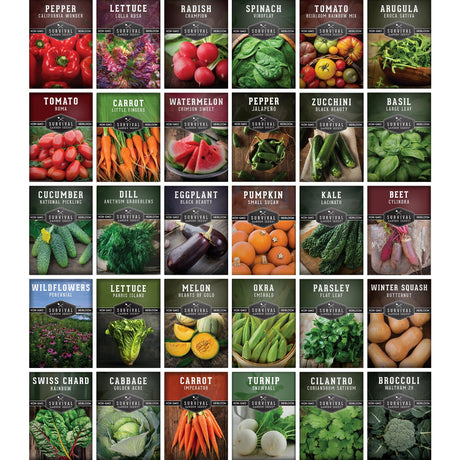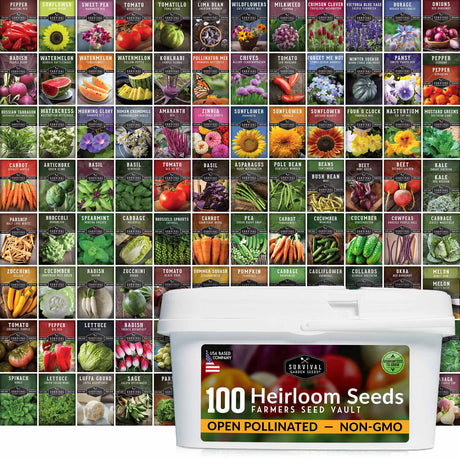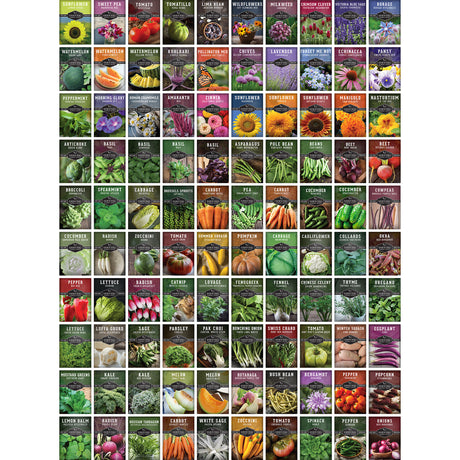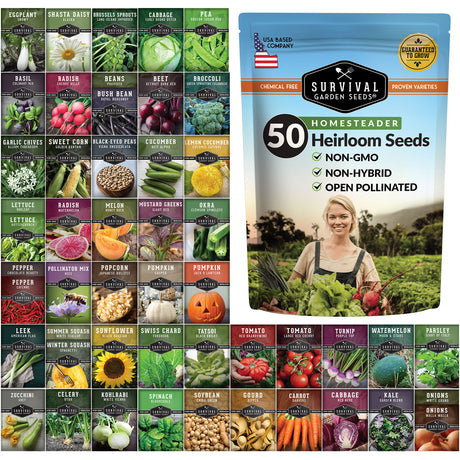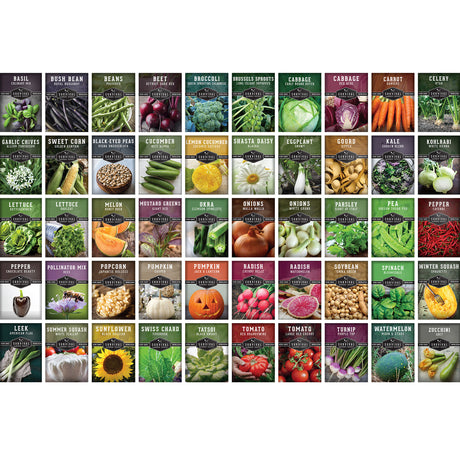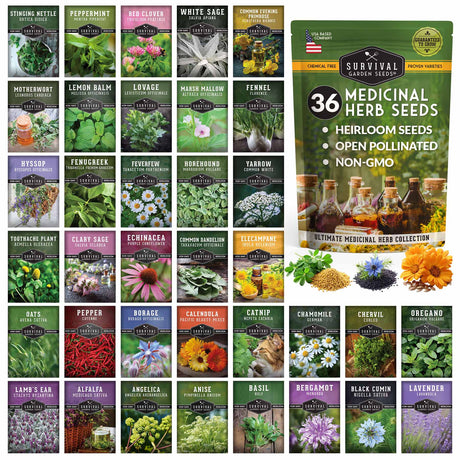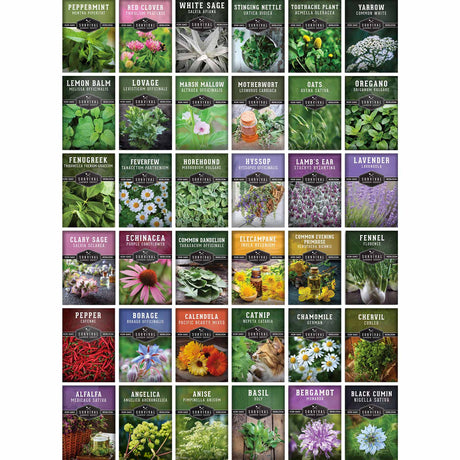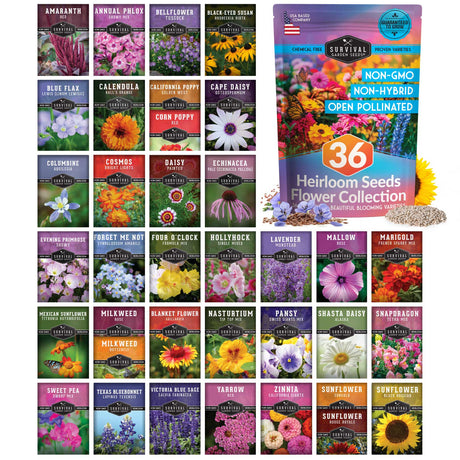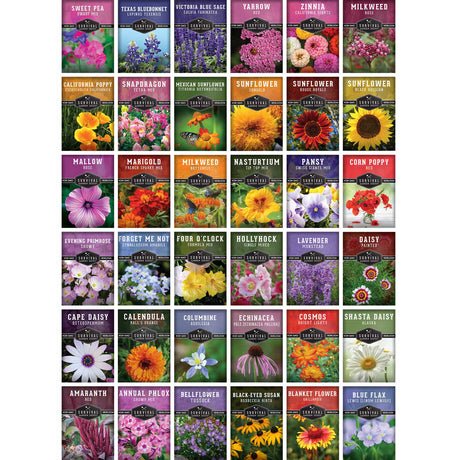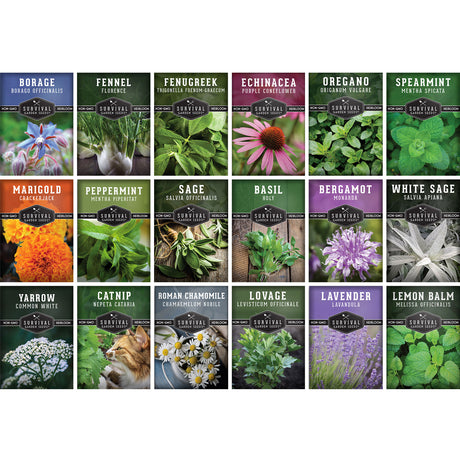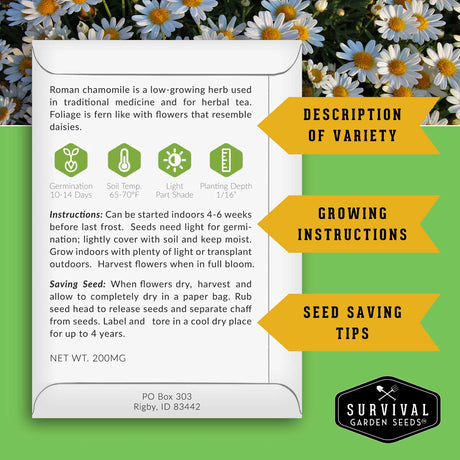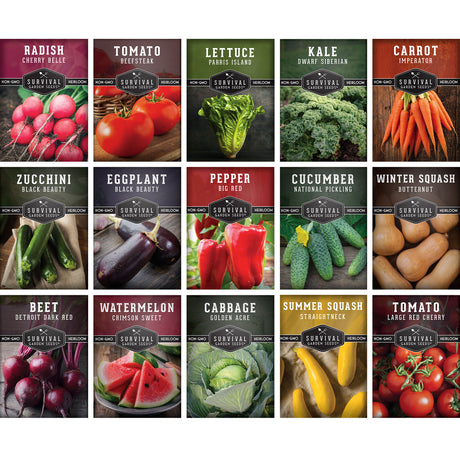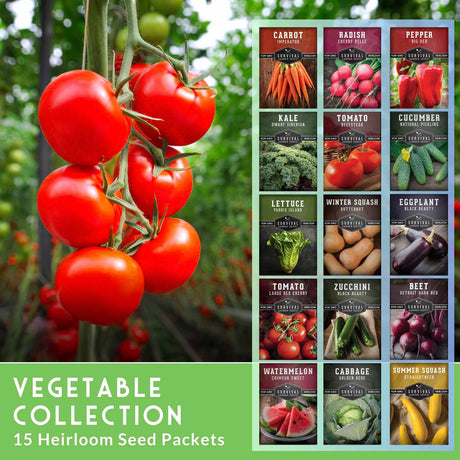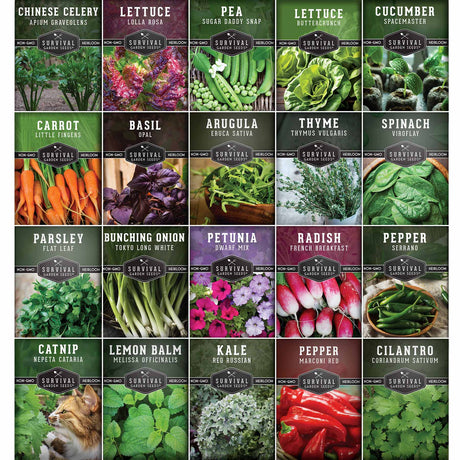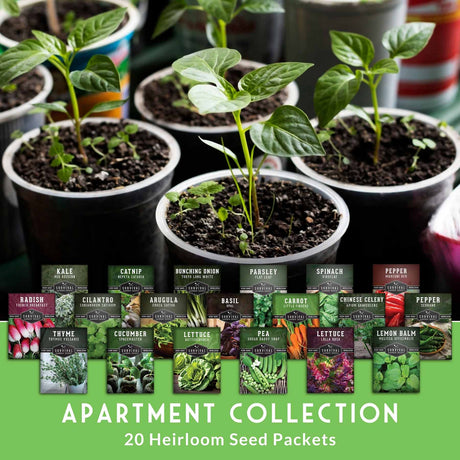Most kitchens, whether in a busy restaurant or a home, will have fresh basil. Basil is popular everywhere. It's more than just a garnish; it adds flavor, is healthy, and is easy to grow in a sunny spot. Basil's unique aroma makes everyday food special, whether you're making Italian pasta sauce, Thai curry, or a summer drink. Learn why basil is the one herb every kitchen should have.
Why Basil Deserves a Permanent Place on the Countertop
Versatility Across Cuisines

Basil's wide range of flavors, from sweet Genovese to spicy Thai, means it fits well into almost any type of food. Italian chefs use it in pesto or on pizza. In Southeast Asia, it adds a licorice-like kick to stir-fries and balances the flavors in pho. Mediterranean meals use basil to make salads and seafood taste fresh. In the U.S., basil adds a plant-like flavor to fruity summer drinks.
Beyond these well-known pairings, basil complements unexpected dishes such as mango sorbet, chocolate truffles, and even certain cheeses like burrata or chèvre. This flexible plant replaces many herbs, saving modern cooks space and money.
When experimenting at home, remember that heat softens basil’s delicate essential oils. Add it toward the end of cooking to preserve its bright flavor, or layer it raw on finished dishes for maximum aroma.
Aromatic & Sensory Appeal
Basil has fragrant ingredients like eugenol, linalool, and methyl cinnamate. These oils give basil leaves a unique smell that gets your taste buds ready even before you eat. This smell makes you anticipate the food, which is great for cooking because it makes you hungrier and makes other ingredients taste better.
Place a pot of basil near a sunny window and you’ll also benefit from a subtle natural air freshener. Bruising a leaf between your fingers releases volatile oils that can neutralize lingering kitchen odors like garlic or cooking fish.
Finally, basil’s visual appeal can’t be overstated. Bright emerald leaves or the deep purple of cultivars like ‘Opal’ add a splash of color that makes plates look fresher and more inviting.
Nutritional Powerhouse
Beyond taste and aroma, basil offers meaningful health benefits. A mere two tablespoons of fresh leaves supply measurable amounts of vitamin K—crucial for blood clotting and bone metabolism—as well as beta-carotene, manganese, and a spectrum of antioxidants.
Studies show that basil's oils can help with inflammation, fight germs, and adapt to stress. Ingredients like rosmarinic acid can help stop harmful molecules, which might slow down aging and diseases. While basil isn't a magical cure, adding it to your food is an easy way to get more nutrients.
Those following low-sodium or heart-healthy diets will be pleased to know that basil highlights flavors so effectively it can reduce the need for salt or high-fat seasonings, making healthier cooking more satisfying.
How to Grow, Harvest, and Store Basil for Year-Round Flavor
Indoor Herb Garden Setup

Even if you lack outdoor space, basil thrives on a sunny window sill. Choose a six-inch pot with drainage holes, fill with well-aerated potting mix, and sprinkle seeds about a quarter inch deep. Keep the soil moist but not waterlogged until germination—usually within seven to ten days. A south-facing window that receives six hours of sun is ideal; otherwise, augment daylight with a full-spectrum LED grow lamp.
Rotate the pot weekly so stems grow straight rather than leaning toward the light. Pinch off the tips after four sets of true leaves appear to encourage bushier growth; neglected plants can become leggy and less flavorful. Feed monthly with a half-strength balanced fertilizer to replenish nutrients without risking chemical burn.
Outdoor Planting Tips
Gardeners blessed with outdoor beds should wait until soil temperatures hit 60 °F (15 °C) before transplanting seedlings. Basil loves warmth; a cold snap can stunt growth. Space plants 10–12 inches apart to promote airflow and discourage fungal diseases like downy mildew.
Mulch lightly with straw or shredded leaves to preserve soil moisture, especially during midsummer heat. Water early in the morning at soil level rather than overhead to keep leaves dry, minimizing risk of leaf spot. Companion planting basil near tomatoes, peppers, or eggplants can improve yields by repelling pests such as thrips and whiteflies.
Harvesting & Storing for Maximum Freshness
Begin harvesting when plants reach eight inches tall. Always snip above a leaf node to allow two new branches to sprout, prolonging productivity. Avoid removing more than one-third of the plant at a time, ensuring continued growth.
Fresh basil can be stored short-term like cut flowers: place stems in a jar of water, cover loosely with a produce bag, and leave on the counter. Refrigeration can blacken leaves, so keep it at room temperature when possible.
For longer storage, blanch leaves for ten seconds, plunge in ice water, pat dry, and freeze flat on a tray before transferring to a container. Alternatively, chop or purée basil with a neutral oil and freeze in ice-cube trays for ready-made flavor bombs.
Culinary Applications That Highlight Basil’s Best Qualities
Raw Preparations That Celebrate Freshness

Caprese salad is an iconic trio of basil, tomato, and mozzarella. Tear, rather than chop, basil leaves to limit browning and preserve volatile oils. Layer them between sliced ripe tomatoes, drizzle with extra-virgin olive oil, and sprinkle flaky sea salt for a dish that showcases basil’s sweet, slightly peppery essence.
Add basil to smoothies and juices with summer fruits like watermelon, pineapple, or strawberries for a nice smell. Basil also makes green salads better with lettuce, cucumbers, and citrus, making them brighter instead of needing heavy dressings.
For appetizer platters, use whole leaves as edible wraps around goat cheese, roasted red pepper strips, or grilled shrimp. The herbal layer keeps fingers clean and imbues each bite with aromatic depth.
Cooked Dishes & Sauces
Heat softens basil’s flavor. To keep its aroma in rich dishes, add thinly sliced basil to tomato sauces in the last five minutes of cooking. This lets the flavors come out without disappearing. For creamy soups, add blended basil after you've puréed the soup to keep its bright color and taste.
Grills and stir-fry pans also welcome basil. Toss whole leaves into a hot wok with garlic, chilies, and vegetables for a quick Thai-inspired side. On the barbecue, tuck basil under chicken skin or weave it between skewered vegetables; as heat rises, steam carries the aroma into the food.
Egg and grain dishes benefit as well. Fold basil into omelets, frittatas, or quinoa pilafs at the very end of cooking, taking care not to overheat the leaves and compromise flavor.
Infusions, Oils, & Condiments

Extended infusions capture basil’s essence for future use. To make basil oil, combine one cup blanched leaves with a half cup neutral oil like grapeseed, avocado, or sunflower oil in a blender until smooth, then strain through cheesecloth. Store in a dark bottle in the refrigerator for up to one month; drizzle over grilled fish, roasted vegetables, or even vanilla ice cream.
Basil vinegar is equally simple: pack clean leaves into a sterilized jar, cover with white wine vinegar, and steep for two weeks. Strain and use in homemade dressings or marinades.
Salt-lovers can create basil finishing salt by dehydrating finely chopped leaves and blending with flaky sea salt. The result sprinkles freshness over fries, popcorn, or avocado toast without adding moisture.
Five Creative Recipes to Try Tonight
- Classic Genovese Pesto: Blend 2 cups fresh basil, 1/3 cup pine nuts, 2 cloves garlic, 1/2 cup Parmigiano-Reggiano cheese, and 1/2 cup olive oil. Toss with pasta or smear on sandwiches.
- Basil-Lime Sorbet: Infuse 1 cup simple syrup with a handful of basil, cool, then churn with 1 cup fresh lime juice and 1 cup water in an ice cream maker.
- Thai Basil Chicken (Pad Krapow Gai): Stir-fry minced chicken with garlic, bird’s-eye chilies, fish sauce, and soy, finishing with a generous cup of Thai basil leaves.
- Roasted Tomato & Basil Soup: Roast 2 pounds tomatoes, blend with sautéed onions, vegetable stock, and fresh basil; finish with a splash of cream.
- Cucumber-Basil Gin Fizz: Muddle 6 basil leaves and 4 cucumber slices, add 2 ounces gin, 1/2 ounce simple syrup, 1/2 ounce lime juice; shake, strain over ice, and top with soda.
Pairing Basil with Other Ingredients for Optimal Synergy
Proteins
Lean meats and seafood pair exceptionally well with basil. Poultry absorbs basil’s aromatic oils, elevating mild chicken breasts, while white fish gains a Mediterranean flair when baked with basil and lemon. For plant-based diets, basil complements tofu and chickpeas, lending fresh dimension to vegan stews.
Basil also complements fatty proteins like salmon or pork. The clean, bright flavor cuts through richness, balancing mouthfeel without heavy sauces or acidic components.
When grilling steaks, serve a basil chimichurri in place of traditional parsley; the subtle sweetness marries beautifully with smoky char.
Fruits & Vegetables

Basil pairs well with both tart and sweet flavors. While it's a perfect match for tomatoes, it also goes great with strawberries, peaches, and citrus fruits. For a quick summer dessert, mix cut-up basil with mashed berries – it's ready in five minutes.
Vegetables in the nightshade family like eggplant, peppers, and tomatoes pair perfectly. Drop basil into ratatouille or sprinkle on as a garnish and enjoy the contrast.
Elevate your root vegetables. Blend basil into a carrot purée or sprinkle over roasted beets to add liveliness to earthy flavors.
Cheeses, Nuts, & Grains
Basil tastes great with fresh cheeses like mozzarella, ricotta, or burrata. It also goes well with aged cheeses such as Parmesan, which have a savory flavor that basil enhances. Nuts like pine nuts, almonds, and walnuts add a nice crunch and healthy fats that help spread basil's flavor.
Grains like farro, rice, and couscous become canvas for basil infusions. A simple basil-scallion oil drizzled over brown rice transforms an ordinary side dish into an aromatic centerpiece.
Experiment by adding basil to bread dough or crackers for a subtle herbal note that pairs fantastically with charcuterie boards.
Evidence-Based Health Benefits of Basil
Anti-Inflammatory & Antioxidant Activity
New lab tests show that basil has powerful antioxidants called rosmarinic acid and chicoric acid. These help clean up harmful substances in the body called free radicals, which might slow down damage linked to long-term illnesses like heart problems and brain conditions.
Basil also contains eugenol, which helps reduce swelling by blocking an enzyme called COX-2, similar to how some medicines work. Adding basil to your daily meals can help your body's natural defenses..
Antimicrobial Properties
Research shows that basil oil can stop common germs like E. coli, Staph, and yeast from growing. Eating basil won't cure illnesses, but it might help you have a healthier gut and lower your chance of getting sick from food, especially if you cook safely.
Historically, basil tea was used to calm upset stomachs. Its ability to fight germs might be why it helps with indigestion or bloating.
Stress Reduction & Adaptogenic Potential

Holy basil (Ocimum tenuiflorum), also known as Tulsi, is often used in traditional Ayurvedic medicine for its ability to help the body deal with stress. Studies on animals show it might help control stress hormones and improve thinking skills when you're under pressure. Sweet basil, the common cooking herb, has fewer of these stress-reducing compounds, but enjoying it regularly, perhaps in tea or aromatherapy, can still be calming.
Frequently Asked Questions About Cooking with Basil
- Can I substitute dried basil for fresh? Yes, but dried basil has a muted flavor and should be added early in cooking. Use one-third the amount of fresh.
- Why do my basil leaves turn black in the fridge? Cold temperatures and moisture cause enzymatic browning. Store stems in water at room temperature or freeze as pesto.
- How do I prevent my basil plant from flowering? Pinch off flower buds as soon as they appear to keep the plant focused on leaf production.
- Is purple basil edible? Absolutely. Purple varieties have a slightly spicier flavor and make striking garnishes.
- Are there allergy concerns? Basil allergies are rare, but those sensitive to other Lamiaceae family herbs (like mint) should introduce basil gradually.
A Basil for Every Kitchen
Basil’s allure lies in its seamless blend of practicality and style. It brings brightness to every cuisine, supplies a trove of micronutrients, and grows easily in the tiniest apartment. With planting tips, storage strategies, creative pairings, and inspired recipes at your fingertips, there is no excuse to let this green gem remain a simple garnish. Keep a pot within arm’s reach, harvest generously, and discover how a handful of basil leaves can transform your cooking one aromatic dish at a time.


